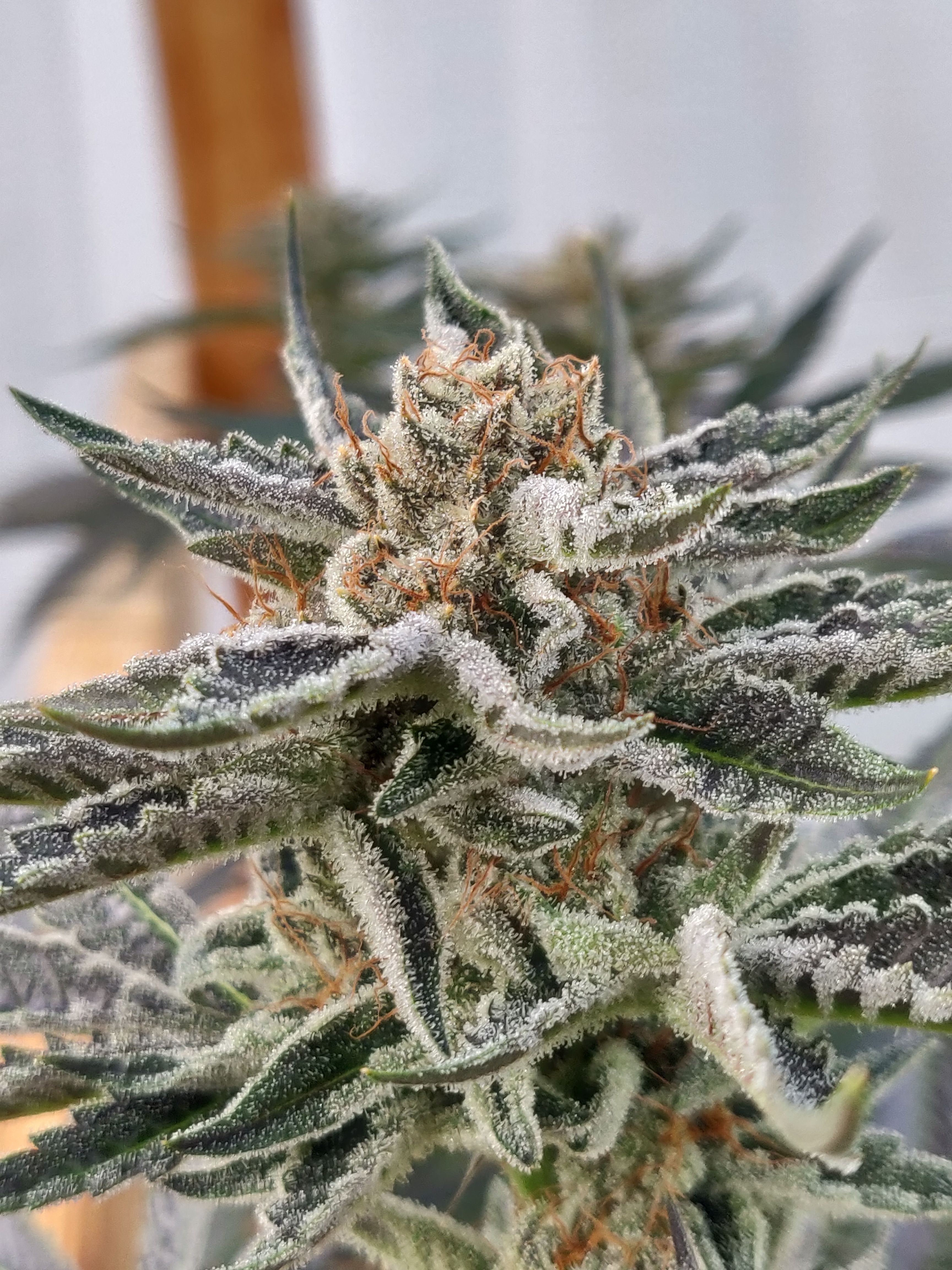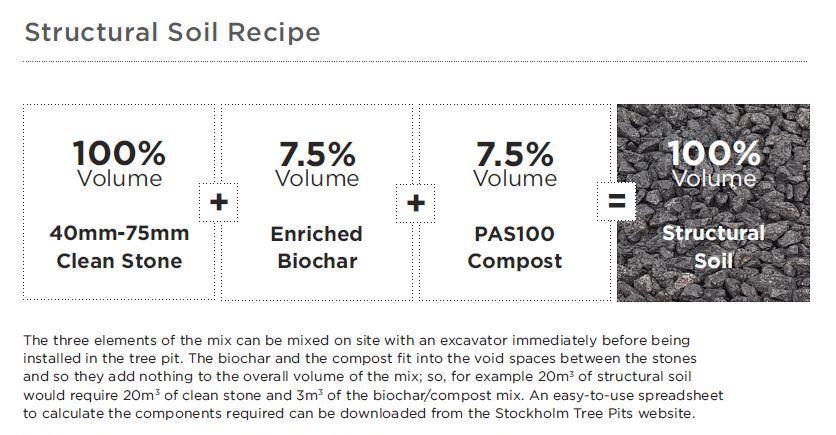Since I can’t view existing comments and add in to the other discussion, I wanted to share my living soil trial based on a series of pot trials of different recipes. Ease of the ability to acquire an ingredient was also included.
Eventually I ended up with just a 100% gravel medium, 7.5% worm compost (made from local ingredients - horse manure and biochar) and 7.5% biochar.
The growth of plants was adequate, and the beds/pots never compacted or lost structure. So much so I decided gravel raised beds would be the only media I would use.
I have a couple pictures here in the link, and one of the articles I based my trials off of.
https://elk.aus.social/aus.social/@treevan/110293053188000541
It’s a living soil without the traditional idea of what the soil is. It’s just rock, compost, biochar. All easily acquired locally usually. The simpler additives went in too, crusher dust (rough rock dust), gypsum, dolomite lime.
Beds and pots are still going though I will buy a larger raise bed and tip the pots in.
That’s really interesting. Thanks for sharing!
What’s your intended use for that mix? I live in the high desert and I feel like making a mix similar to yours would be great for many of the native plants here.
The mix was originally intended not for species specificity but what’s easiest and cheapest but “good enough”. I had done a lot of research on “living soils”, had a career in a related industry so knew of “structural soils” and figured why not give it a go on the smaller scale.
I grew several species in the trials, the trial pots were 70L and at the moment have Eggplants in them, some had chillis, and they have had multiple generations. Cannabis is illegal to grow here but the Eggplant ones had a previous species in the same pots that grew over 3m high and were males. They were cut off later and thr stumps remained in pots like normal living soil.
If you glance at the article, and use “structural soils” as a search term elsewhere, again there are lots of different recipes from trees, to gardens, to nurseries etc. I’ve told other gardeners how good it is for what it is and you can see them glaze over, I don’t know of anyone who even gave it a trial after I explained my results. But then biochar isn’t a common thing either.
So with that in mind, I keep sharing just those last 4 pics not to help people but just plant a “seed” of an idea. Bark-based soils are terrible, most people don’t get that and most landscaping bulk soils are built for cost efficiency not structure. Gravel, with some prior planning, could do a bulk amount of beds if one needed it with decent results. The same nutrient adding horticultural rules apply. Shifting to finer gravel as per article allows safer manipulation of top layer if one was growing annuals, one of my other trials switched to a finer stone and was better for that (different from what’s pictured).
With these trials I ran alongside a 1/3rd mix of a traditional living soil, 1/3rd moisture/air/nutrient with the same additives and the gravel pots grew just as well as it.
Wow, thanks for writing all that up and introducing me to a whole new concept!
I’m going to have to read a bunch more and experiment with that sometime.
That’s OK. I was on reddit (and came here for discussion) so that’s what I do.
What I didn’t mention is the weight. That’s the negative. But if you can put it into 100L+ more permanent positions, it’s OK for that.
Common corrugated steel beds in a raised bed layout are probably where it would shine as you could work out your volume and just order that exact amount at once. Compost and biochar you can do separately at the 7.5% rate.
Edit: I’ll add in previously linked article for other readers:
https://www.biochar-journal.org/en/ct/77-Planting-Urban-Trees-with-Biochar
And here is the UK site:
https://stockholmtreepits.co.uk/ - https://www.researchgate.net/publication/341343983_Tree_Pits_with_Structural_Soils_-_Practice_Note_Version_12
This is a good article. It presents a lot of scientifically backed info, in a palatable form.
The symbiosis (balance of the exchange) in soil can be interrupted by adding liquid nutrients that are chelated using organic acids or salt-based nutrients.By using such products, the microbial population will decrease, resulting in a less healthy soil. Therefore, having a system that perpetually requires human input and with it more human error.
This is the crux of the issue with high input systems or soiless media. Soil (and I mean just that, not horticultural peat or other media) provides a lot of sustainability and robustness into agronomic systems, compared to soiless analogues. Soiless analogues will work in the short term, but require way more inputs and way more maintenance, however, the robustness and soil food web that natural soils provide only happens if they are left undisturbed. If you grab a bunch of screened topsoil, the soil ecosystem is all fucked, but can recover, albeit slowly. Nutrients will still be available in this case, but you’ll be essentially mining the pool of nutrients until the system fully recovers.
Soil (and I mean just that, not horticultural peat or other media) provides a lot of sustainability and robustness into agronomic systems, compared to soiless analogues.
I agree, this would be the most sustainable approach, especially in the long run. Unfortunately, the vast majority of commercial cannabis is grown in some type of soilless media. Whether it be potting soil, pure coco coir, rockwool, or hydroponic. All of which require large amounts of inputs (and prone to human error) throughout the growth cycle, usually in the form of liquid chelated fertilizers.
If using potting soil tho, it’s entirely possible to employ these living soil methods while doing so, especially if you build the potting mix yourself rather than the premixed commercially available products. Obviously, building the mix yourself requires a large amount of inputs initially, but if built right it can sustain itself for a long period of time. I have a few raised beds in the greenhouses that went for 12 crops with just a small topdressing of compost and earthworm castings in between each round. (We just ended up needing to solarize them and start over after a nematode outbreak, but that’s a story for another day)
Even starting with a premixed potting soil, you can cultivate it in a way to not need liquid fertilizers at all and dramatically reduce the need for any other inputs. It will still need some inputs over time, but far less than most other industry standards for cultivating this plant.
I guess my goal in sharing this is to help push people towards healthier ways of growing, for the hobbyist and professional alike.
Your goal is a noble one. There is a lot of misinformation that flies around in horticulture and permaculture, but you do a really nice job of presenting accurate info (which is rare).
Potting mixes and soiless media can definitely work, and you can create something that is relativelyow maintenance, as you mentioned. As you’ve said, there’s a lot of room for human error.
On the human error part, the article mentions that conventional methods essentially force feed plants. While I really like that it gets at that the ratios in which nutrients are provided can be wrong, it is worth noting that plants won’t uptake things they don’t need. Thus, it’s not so much a force feeding, but rather not meeting nutritional needs.
Every species has their own nutritional needs, and some micronutrient ranges are narrow, or there are interactions with other nutrients. Boron starts to get toxic above 5 ppm, for isntance, and can fuck with nitrogen uptake. All of this leads to humans usually not getting it right, or getting it as right as they could.
Sidebar: if you’re using compost, particularly that contingent manure, make sure you’re watching your soil salinity levels. Cattle manure in particular can be dicey, since the animals are provided salt licks usually.
Your goal is a noble one. There is a lot of misinformation that flies around in horticulture and permaculture, but you do a really nice job of presenting accurate info (which is rare).
Thanks man, I appreciate hearing that from you.
I don’t use manure composts at all for our commercial crops, just plant-based - there’s just too much of a risk of human pathogens if it’s not aged or composted thoroughly. I wouldn’t be able to live with myself if someone got ill from something I produced.
For my personal stash tho, I do collect manure from my neighbor’s free-range cattle pastures and let it age for a year or two before mixing into my garden. I’ve never bothered with getting my personal garden spaces’ soil tested. Maybe I should next time.
If you do, post it here!




